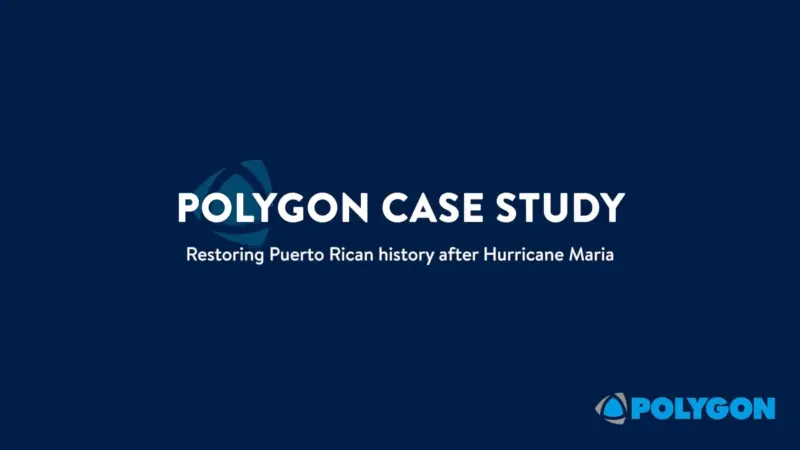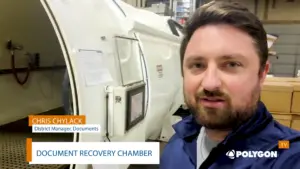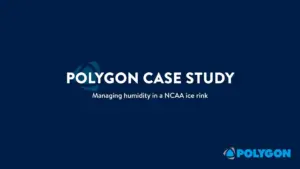How PTSA Tracers Simplify Cooling Water Treatment
A More Accurate and Safer Process
Scale and corrosion in cooling tower systems can reduce heat transfer efficiency and cause unexpected equipment failures. While scale and corrosion inhibitors added to the water supply can minimize these occurrences, maintaining treatment levels within the control limits necessary to optimize performance and minimize costs can be a challenge. Let’s take a look at a more accurate and safer process for controlling inhibitor levels over traditional methods.
The Traditional Method of Adding Inhibitor Products
Typically, inhibitor products are added to the tower water in direct proportion to the fresh water makeup. However, consistent inhibitor levels may not be maintained if the conductivity of the water makeup varies, there are multiple water supply sources, and/or treatment pumps lose prime. Using traditional feed methods under these conditions may lead to poor system control. Sometimes too little inhibitor is added, leading to cooling tower corrosion and scale formation that can impact system performance. Other times, too much inhibitor may be added, a wasteful practice that can leave deposits behind.

Fluorescent-Traced Product Feed and Control Systems
Fluorescent-traced product feed and control systems can help address these concerns. In this method, a colorless fluorescent dye called PTSA is added to the cooling water inhibitor, serving as a treatment level tracer. PTSA levels can be accurately measured in about 30 seconds using a handheld or in-line fluorometer, requiring no harmful chemical reagents. Unlike other tracers, such as molybdenum, PTSA is more environmentally friendly and is not typically subject to discharge restrictions.
Chem-Aqua’s aquaDART® Technology
Knowing when and where PTSA products should be applied ensures the success of an inhibitor treatment. That’s why Chem-Aqua performed extensive research into the limiting factors that must be considered when using PTSA. Our R&D, Product Management, and Equipment groups used the information they gathered to design our aquaDART® online monitoring, control, and chemical feed system for cooling towers.
Chem-Aqua’s aquaDART® technology allows for quick, accurate measurement of PTSA-based products. The system uses real-time sensors to directly measure key parameters to control scale and corrosion levels. When paired with a web-enabled controller, PTSA levels can be continuously monitored and adjusted to maintain them within 1% to 2% of the target concentration. The system can be board mounted for quick and accurate installation, and treatment levels can be easily verified using a hand-held meter.
aquaDART® Provides Precision Control
Safe, effective water treatment to control corrosion and scale in cooling tower systems is essential. The cutting-edge Chem-Aqua aquaDART® PTSA-traced product feed and control system is state-of-the-art automation for monitoring and controlling water treatment programs. aquaDART® helps facilities precisely control inhibitor levels and provides real-time alerts when levels are out of range, improving cooling tower performance while reducing water, energy, and labor costs.
To learn more, visit https://www.chemaqua.com/en-us/Services/Innovations/aquaDART-Automation-Control-Systems today.
Read more at chemaqua.com








